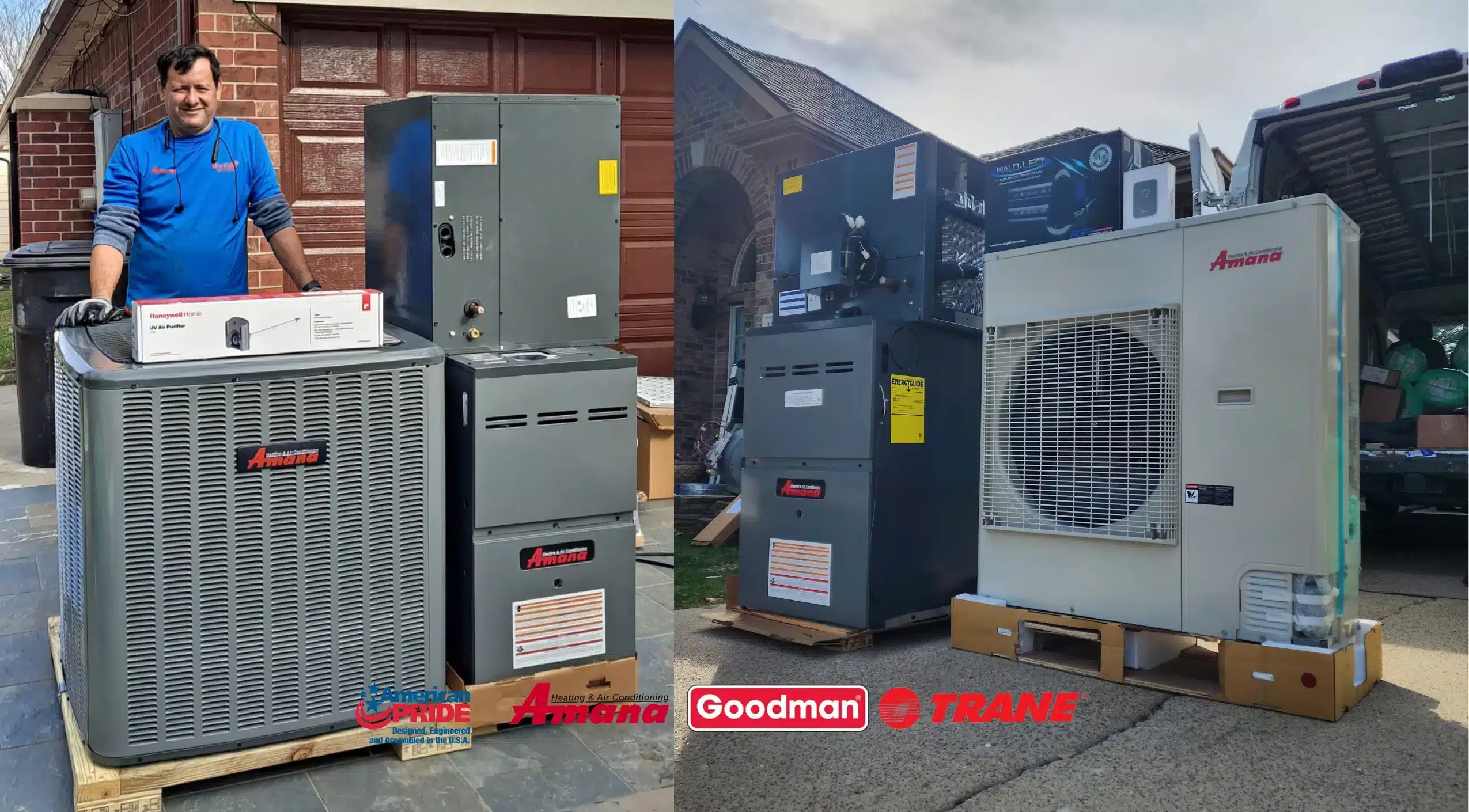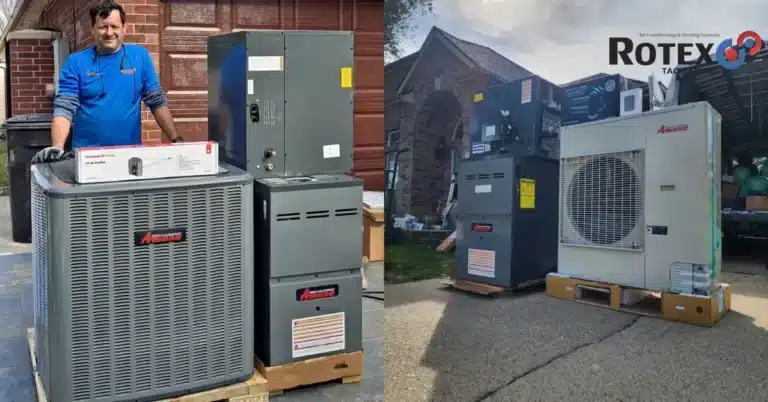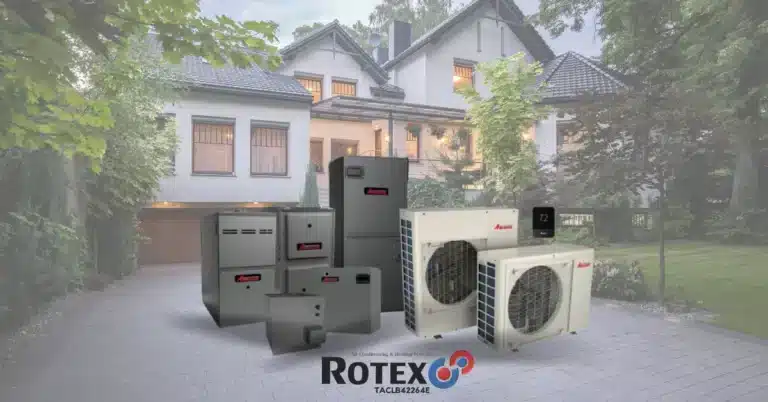Call us: (281) 741-7382
Delving into the intricate mechanics of gas heaters unveils a sophisticated process engineered for optimal home heating. In a nutshell, the system orchestrates a cyclical sequence designed to progressively elevate the temperature of incoming cool air. Here’s a detailed breakdown:
Gas heaters have become a staple for many households, providing not only warmth during cold months but also contributing to energy savings when utilized efficiently. Understanding their inner workings can help homeowners make informed decisions about their heating choices. In this expanded section, we will explore the various types of gas heaters available, the benefits of using gas over electric heating, and the importance of proper maintenance for optimal performance.
- Heat Generation: The furnace’s burner initiates the process by combusting propane or natural gas, generating the initial heat required for the system.
- Heat Exchanger Operation: The generated heat is then directed through a heat exchanger, where it undergoes a phase change, becoming a high-temperature medium ready for the next stage.
- Air Heating Mechanism: Air from the home’s ductwork is meticulously drawn over the heat exchanger, absorbing its thermal energy and transforming into heated air.
- Efficient Air Distribution: The furnace’s blower engages, propelling the now heated air through the supply ductwork, ensuring systematic and efficient distribution across all living spaces.
Gas heaters also come equipped with various technologies designed to enhance safety and efficiency. For instance, many modern gas heaters feature automatic shut-off systems that activate in the event of a malfunction, preventing potential hazards. Additionally, advanced thermostat controls can optimize heating schedules, allowing homeowners to program their systems to operate only when needed, further enhancing energy savings.
Critical Components in Action:
Understanding Gas Heaters for Enhanced Home Comfort

In conclusion, understanding the mechanics and benefits of gas heaters is essential for effective home heating. By exploring the various types available, recognizing the advantages of gas heating, and committing to regular maintenance, homeowners can ensure a warm, comfortable, and energy-efficient living environment. As technology continues to evolve, staying informed about the latest advancements will further enhance heating efficiency and safety in homes.
- Temperature Control System: Governed by the furnace control board, this system activates the ignition switch, instigating the heating process in response to the thermostat’s heat demand.
- Draft Induced Fan: Integral to the combustion process, this fan draws air into the burner assembly, facilitating the burners in heating the heat exchanger before expelling by-products safely outside.
- Gas Burners: Triggered by the thermostat, gas burners release and ignite fuel for combustion, initiating the heat generation process.
- Ignition Switch: Gas flows over the igniter to establish a flame, subsequently drawn through the burners to facilitate combustion and heat the heat exchanger.
- Heat Exchanger Functionality: A critical component of gas furnaces, the heat exchanger efficiently transfers thermal energy to the passing air, enhancing overall energy efficiency.
- Blower Fan System: Operating in conjunction with the return venting, the blower fan propels air over the hot heat exchanger, ensuring effective circulation throughout the home via the ductwork system.
- Flue System: Serving as an exhaust mechanism, the flue or chimney expels gaseous by-products of combustion, contributing to the overall safety and efficiency of the system.




